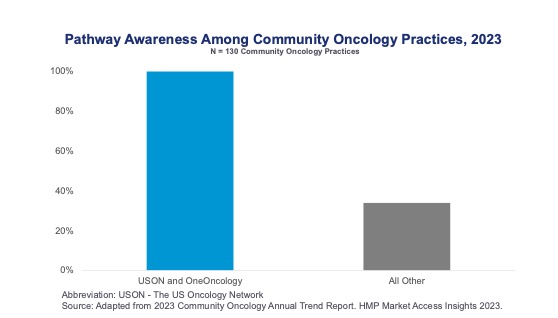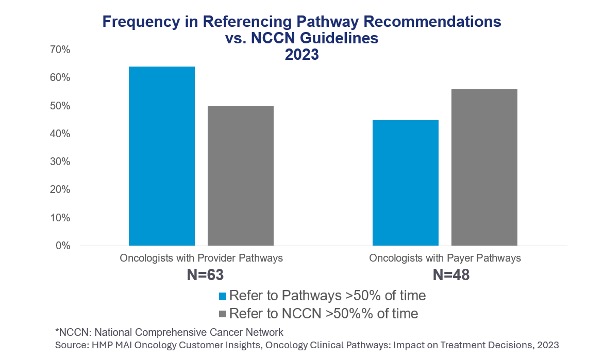An Update on What You Need to Know About Pathways
Author:
Lee Blansett
Feb 19, 2024
Lee Blansett has been an active participant in the US healthcare system for more than 20 years. His research into health system organizations and oncology market access topics includes extensive on-the-ground studies in the US and EU. Lee’s previous work includes internal consulting roles with APM, Kaiser Permanente, Stanford Children’s Hospital, and a community oncology group. His work on manufacturers’ behalf includes serving as a Senior Vice President at DaVinci Oncology/Kantar and as a Senior Principal with the IMS Consulting Group. His academic training includes an MBA from the Wharton School and a BSC in finance from Santa Clara University, where he was a National Merit Scholar.
Oncology clinical pathways and clinical decision support (CDS) tools have been part of the oncology landscape in one form or another for many years. Pathways are increasingly common and can assist providers in navigating the increasingly complex set of treatment selections.
Our recent column highlights HMP Market Access Insights’ (MAI) research on oncologists’ awarenesses of pathways and the factors driving adoption. Our 2023 Oncology Clinical Pathways study focused on quantifying the influence and impact pathways have on oncologists’ treatment decisions by conducting a unique two-arm study with 132 oncologists using advanced conjoint analysis. Key findings include:
- Awareness of pathways is highest among oncologists practicing in the most sophisticated organizations that have internally implemented a pathway program. The figure below illustrates a higher level of awareness among community oncology practices in two large and sophisticated network aggregators compared to all other practices.

- Several functional and process attributes encourage or discourage oncologists’ use of pathways.
- Attributes that encourage use: Understanding the pathway development process and easy access to pathway treatment recommendations.
- Attributes that discourage use: Poor access to pathway treatment recommendations or workflow disruptions and lack of consistent pathway adherence enforcement.
- While National Comprehensive Cancer Network (NCCN) recommendations continue to be highly influential, physicians using internal pathway programs tend to refer to NCCN less frequently than physicians subject to payer pathways.

Topics: